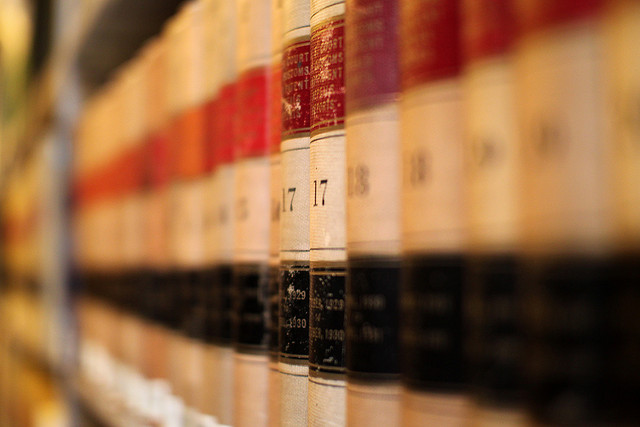While there are several requirements that must be met in order to obtain a patent, one of the most overlooked by first-time inventors is prior disclosure. Selling your invention or pitching your product to potential distributors and purchasers may cause you to lose your rights to patent your invention. In Canada and the United States, your first disclosure starts a one-year deadline for the filing of an application in either or each of these countries, but there are several countries where disclosure of your invention prior to filing an application bars you from obtaining a patent in those countries.

So what exactly is a disclosure? For patents, disclosure occurs when your invention is shown to the public in a way that allows others to understand how it is put together and works. As an example, if you invented the printing machine and began showing it to people, and from those viewings, other people were able to copy your machine, your invention has been disclosed. Instead, let’s say that you decided to show off the capabilities of your printing machine to the public. You put your machine in a locked wooden box with a slot where the printed material can exit but otherwise the machine is not visible to the public. Unless a person can create your machine based on what is produced by it, this would not be considered disclosure. But, if after showing your machine to the public in this manner you decided to sell it to someone who could then recreate it, that would be disclosure. In general, if a person can reverse engineer your invention after seeing it, then your invention has been disclosed.
If you ever have any doubt about whether or not your invention has been disclosed or if taking a particular action could cause your invention to be disclosed, it is important to speak to a patent agent who can help you to make a determination.

